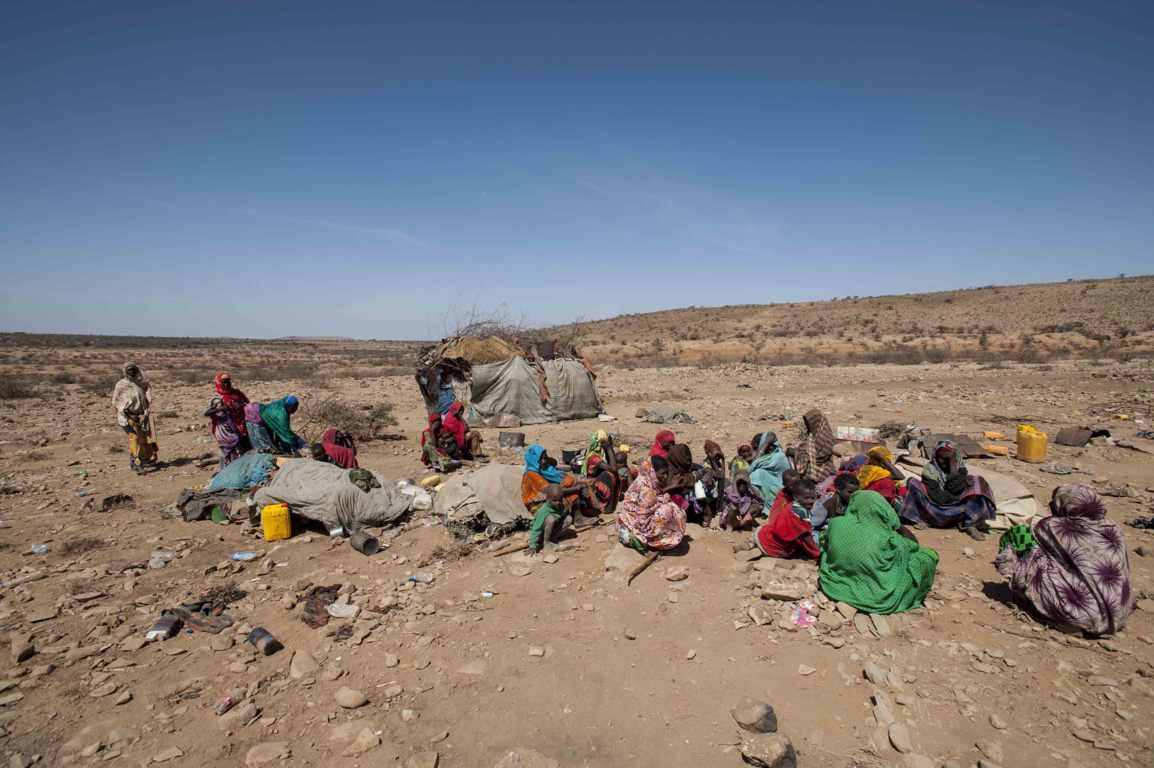
Drought Ridden Somalians Now Face A Famine
by Yash Saboo March 12 2018, 4:40 pm Estimated Reading Time: 2 mins, 43 secs2017 was not Somalia's year. While they did inaugurate a new president and parliament in a historic election process, and also launched National Development Plan (2017-19), the country faced a drought so deadly that by the end of 2017, 6.2 million people required humanitarian assistance and over 1 million were internally displaced. The prolonged drought turned out to be a natural disaster.
This isn't the first time Somalia has been hit with a famine. Nearly 260,000 people died during the famine that hit Somalia from 2010 to 2012. Some 220,000-people died during another famine in 1992.

Source : UNICEF Connect
The situation in Somalia is just one link in a chain of crisis that stretches thousands of miles from north-eastern Nigeria, through South Sudan and eventually to Yemen. In all, more than 20 million people are threatened with famine. UN officials say the crisis is the largest since the organization was founded in 1945.
Michael Keating, the top UN official in Somalia, said the international community’s reaction so far had been very impressive but needs were “outpacing the ability to respond. If it doesn’t rain we have one type of humanitarian problem, and if it does, we have another,” he said.
"The scale of the crisis is unprecedented in many ways. The population of Somalia is not that big, the numbers of people who have died are less, but there’s no denying the fact that you have a huge humanitarian crisis in southern Somalia and you have tens of thousands of people who have died, mostly children. Now the famine has spread to regions that used to be the breadbasket of Somalia, especially the Juba valley. The whole of south and central Somalia is now in the midst of this famine," says Rashid Abdi, a Nairobi-based analyst for the International Crisis Group.

Source : The New York Times
2018 could mark the 5th consecutive poor rainy season, putting greater pressure on resources and exacerbating food insecurity. The Food Security and Nutrition Analysis Unit found that: “In the absence of continued large-scale assistance, food security is expected to deteriorate through June 2018, as food and income sources decline further”.
It is now evident that Somalia has frequently experienced drought, food insecurity and famine in recent decades, with $4.5 billion being spent on the emergency response since 2011.
There is a need to link this humanitarian assistance to longer-term development plans through government, the private sector and civil sector collaboration. It is these long-term goals that will reduce vulnerability and insecurity.
“Ending need in Somalia can only be achieved if we respond to immediate humanitarian needs while simultaneously implementing longer-term solutions to build resilience” noted Mark Lowcock, UN Emergency Relief Coordinator. The new ‘Resilience and Recovery Framework’ outlines plans for recovery and long-term resistance to a famine which are aimed at tackling the causes of Somalia’s recurring humanitarian crises.
Hassan Ali Khaire, President of Somalia emphasized his commitment to the plans saying: “Somalia is turning over a new leaf in its history. Important and significant progress is being made on our peace- and state-building agenda. We are determined to overcome the challenges posed by recurring droughts that risk undermining these gains, and we count on our international partners to support us in this endeavour.”




-173X130.jpg)
-173X130.jpg)
-173X130.jpg)
-173X130.jpg)
-173X130.jpg)
_(1)-173X130.jpg)

-173X130.jpg)